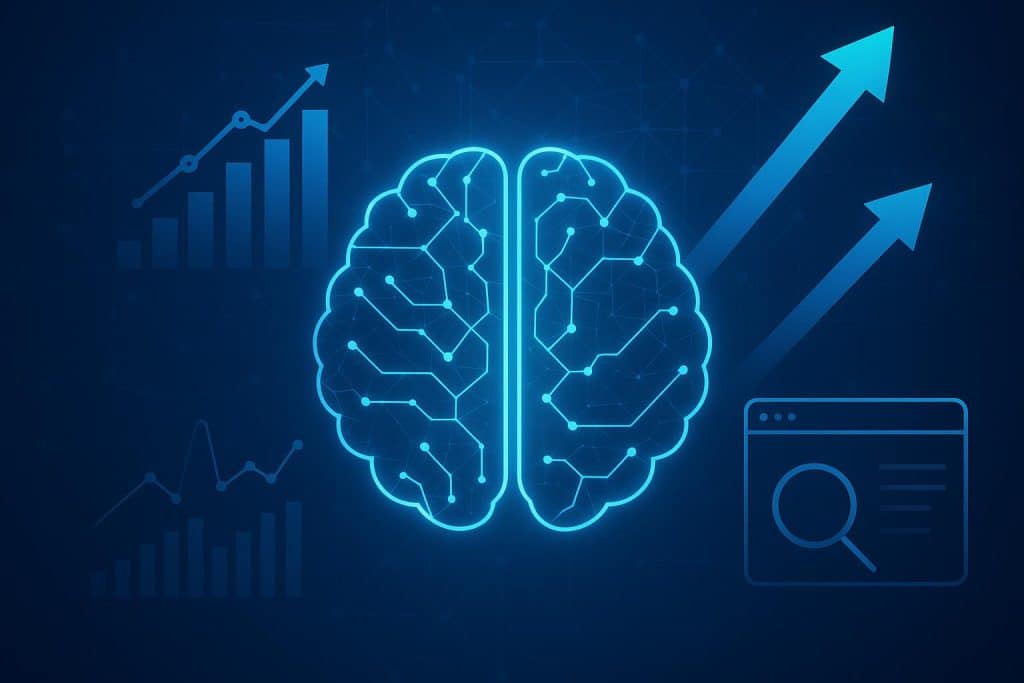How Predictive AI Quietly Shapes What You See
Have you ever felt like a site already knows what you want before you even click anything? I’ve had that moment too, and it almost feels like the internet is reading my mind. Behind the scenes, the real magic comes from predictive systems that look at tiny behavioral patterns most folks never notice—like how fast you scroll or the way you pause before choosing something. Professionals love studying these “micro-signals” because they’re way more telling than big, obvious actions. Even platforms that run a سایت بازی انفجار sometimes rely on similar behavioral readings to track user flow, not for play tips but to understand system stress points. And when developers need real-world edge-case data, they sometimes use sessions from a crash game site to stress-test timing-sensitive models. Wild how everyday clicks tell such deep stories, right?
The Data Pipelines That Keep Everything Running Smoothly
Why High-Speed Filtering Matters
I’ve always been amazed at how fast these systems can clean, filter, and sort data without breaking a sweat. The tricky part isn’t the volume—it’s the precision. Professionals worry most about tiny anomalies that can mess up a whole prediction stream. Even a split-second delay throws things off. When engineers test load spikes, some actually compare latency behaviors to systems that run a crash game because both rely on micro-timed triggers. By checking how traffic behaves under pressure, teams can build sturdier, safer flows.
The Role of “Shadow Models” in Real-Time Workflows
People always find shadow models fascinating. They run right beside the live model like a quiet twin, learning silently without touching anything important. Experts use them to spot tiny drifts that show up only after millions of decisions. And because they don’t interfere with users, they help catch issues long before anything crashes. Some performance labs even run sequences similar to ترفند بازی انفجار to observe how shadow models behave under fast, unpredictable patterns. It’s like stress-testing without the fireworks.
The Secret Sauce: Feature Engineering That Actually Works
Why Professionals Prioritize Rare Signals
You know how sometimes the smallest detail tells the biggest story? people love that about feature engineering. The pros don’t chase the usual numbers—they hunt for odd little signals most people overlook. Things like hesitation time, pattern loops, or decision “wobbles.” These rare signals act like hidden treasure maps that point straight to deeper insights. And the coolest part? They help models understand behavior without needing personal data. It keeps everything safer and smarter at the same time. Pretty amazing, right?
How Time-Weighted Values Improve Forecasting
People always think of time-weighted values like giving certain moments a microphone. Instead of treating every action the same, these methods let recent behavior speak louder. Professionals love this because people change fast online, and old data gets stale quicker than leftover pizza. When models adjust weights on the fly, predictions feel more natural. This kind of timing math even helps engineers avoid system overloads that sometimes show up in high-speed platforms, especially the ones with rapid-fire decision loops. Timing really is everything.
The Ethical Side Pros Actually Worry About
When Predictions Get “Too Accurate”
I’ve had conversations with developers who admit that sometimes the accuracy feels a little… spooky. When a model predicts someone’s choices too well, it raises red flags about fairness and over-fitting. Pros always watch for that “creepy line,” where systems start assuming instead of learning. They add randomization layers, transparency logs, and manual review points just to make sure no prediction becomes overpowered or unfair. It’s like keeping the AI humble so you can feel comfortable using the platforms you love.
Protecting Users From Data Drift Problems
Data drift is one of those sneaky things that pros always keep an eye on. I like to think of it as the internet changing its mind overnight. If behavior patterns shift and the model doesn’t notice, everything starts slipping. That’s why teams constantly retrain, monitor, and compare outputs across different time windows. It keeps predictions safe, accurate, and trustworthy. And yes, it means someone’s always watching the numbers so nothing slides off the rails.
Where Predictive AI Is Heading Next
Ultra-Fast Models Built for Millisecond Decisions
If you’ve ever blinked and missed something online, you know how fast things are getting. I get excited when I hear about new models that respond in micro-moments. Professionals are building architectures that can react while a user is still mid-scroll. It’s almost like the model is thinking beside you. These systems don’t just make predictions—they anticipate friction points before they even happen. That’s the kind of tech shift that changes everything.
Transparent Algorithms That Explain Themselves
One thing I love approximately in where AI is heading is how open it’s turning into. Experts are designing structures that designate their decisions clearly, almost like they’re walking you through their concept system. Instead of hiding at the back of mysterious formulas, the version breaks matters down so that you can recognize why it selected something. It enables absolutely everyone to feel more secure and more on top of things. And simply, who doesn’t like tools that could talk our language as opposed to sounding like a math textbook?
Final Thoughts
When I have a look at how some distance predictive AI has come, I can’t help but be surprised by the speed and creativity at the back of it all. The actual magic isn’t inside the massive, flashy ideas—it’s within the tiny, smart choices taking place backstage. And as these systems get smarter, we get higher online studies without even noticing the changes happening below the hood. But right here’s what usually sticks with me: every prediction is a reminder that the virtual international is paying interest.
So, what part of this AI destiny do you suspect will surprise us the maximum?
